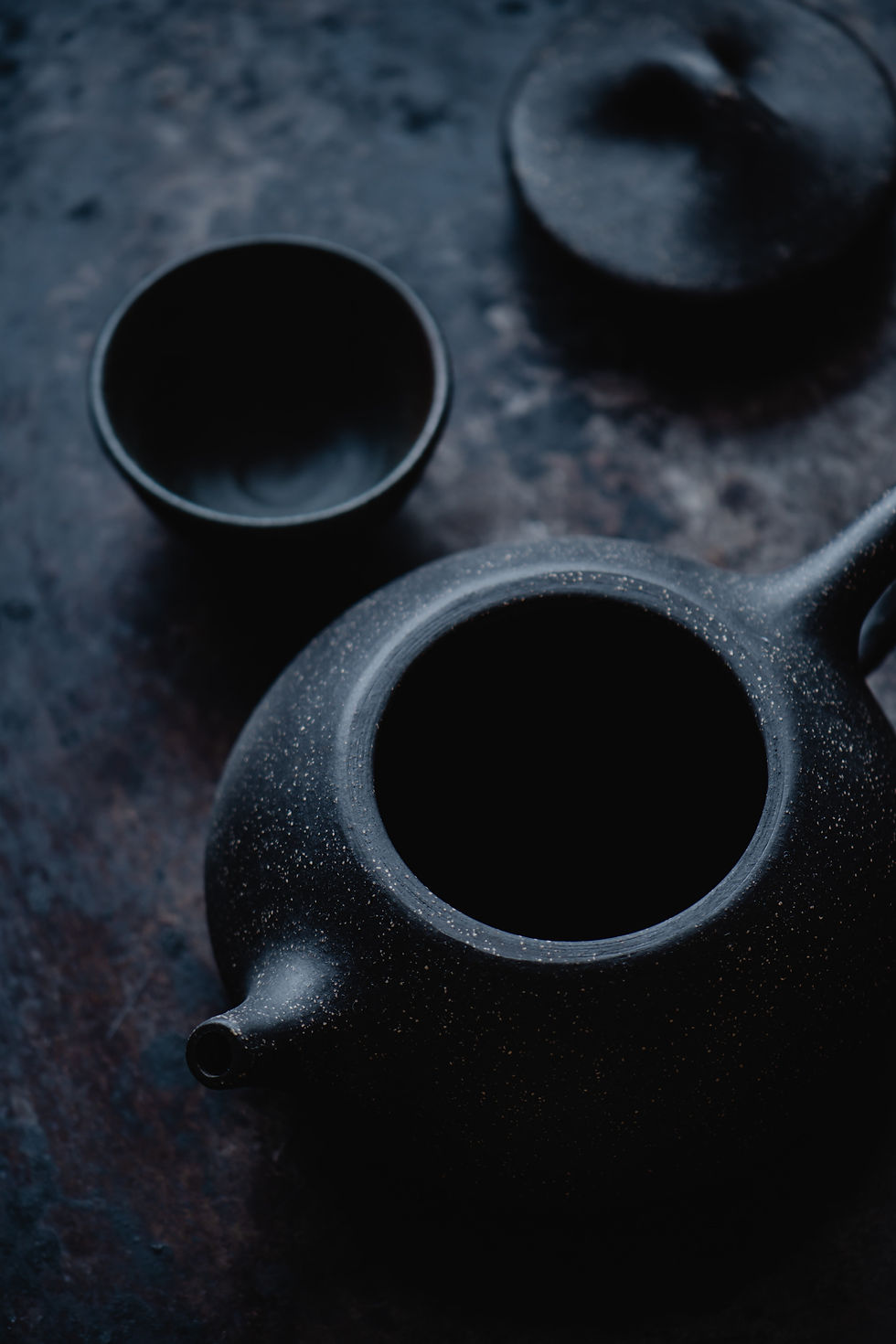"Tang Soo Do Moo Duk Kwan”
- Frederick Neal

- Jul 15, 2023
- 2 min read
The Way of the China Hand
The Tang Dynasty was one of the most prosperous and culturally vibrant periods in Chinese history, spanning from 618 to 907 CE. It is often considered a golden age in China's history, marked by significant developments in politics, economy, art, literature, and technology. Despite its eventual decline and fall, the Tang Dynasty left an indelible impact on Chinese history and culture. It is remembered as a time of great artistic achievements, economic prosperity, and cultural exchange with neighboring regions. The dynasty's legacy continues to influence Chinese society to this day.
The Tang Dynasty officially ended in 907 CE when the last Tang emperor abdicated the throne. The following period, known as the Five Dynasties and Ten Kingdoms Period, was characterized by political fragmentation and regional warlord mindset. Several short-lived dynasties and numerous independent kingdoms emerged during this time, marking the transition to the subsequent Song Dynasty.
Tang Soo Do is a Korean martial art with a direct influence of Chinese martial arts that emphasizes self-defense, discipline, and physical and mental development. The term "Tang Soo Do" can be translated as "The Way of the China Hand," referring to the historical influence of Chinese martial arts on its development. It incorporates elements from various martial arts systems, including Korean styles and ancient Chinese martial arts. It combines both hard and soft techniques, including strikes, kicks, blocks, joint locks, and throws. Training in Tang Soo Do focuses on developing strong stances, fluid movements, and effective striking techniques.
Tang Soo Do promotes not only physical fitness but also mental and spiritual growth. Students are encouraged to cultivate discipline, respect, perseverance, and humility. The training includes forms (or patterns of movements), sparring, self-defense techniques, and breaking techniques (such as breaking boards or bricks). Students’ progress through a belt-ranking system as they advance in skill and knowledge. The curriculum is structured to provide a progressive learning experience, with students gradually mastering techniques at each level.
Tang Soo Do is both a martial art and a philosophy that aims to develop well-rounded individuals who can defend themselves while promoting harmony and personal growth.
Moo Duk Kwan is a traditional Korean martial arts style known for its emphasis on discipline, respect, and technical excellence. It was founded in 1945 by Hwang Kee in South Korea. The term "Moo Duk Kwan" translates to "Institute of Martial Virtue" or "School of Martial Virtue."
Moo Duk Kwan places importance on developing not only physical skills but also mental discipline and moral character. Hwang Kee's philosophy for Moo Duk Kwan was influenced by his experiences studying martial arts in China and Korea. He sought to create a comprehensive system that integrated the physical techniques of martial arts with the values of personal development and self-improvement.
It is important to note that there have been some changes and variations within the Moo Duk Kwan organization and its associated styles over time, with different branches and instructors developing their unique interpretations and practices. However, the core principles of discipline, respect, and technical excellence remain central to Moo Duk Kwan.
MASTER FREDERICK NEAL
ACE Certified Health Coach | ACE Certified Personal Trainer
ACE Sports & Fitness Nutrition Specialist | ACE Weight Management Specialist
ACE Orthopedic &Functional Movement Specialist
6TH DAN BLACK BELT MASTER
www.newbodyts.com - www.masterneal.com
908.206.0077
474 Prospect Ave West Orange New Jersey 07052




Comments